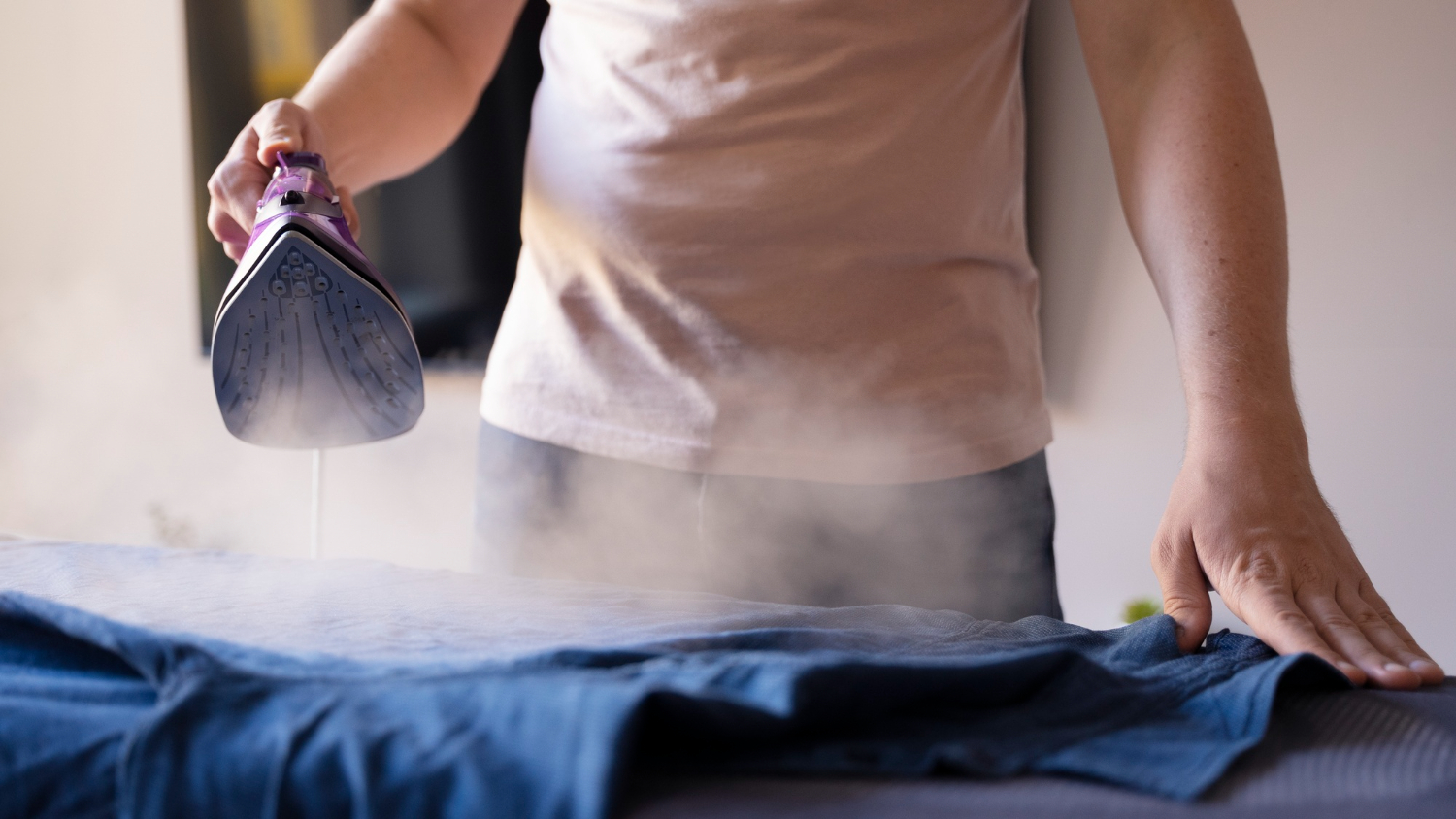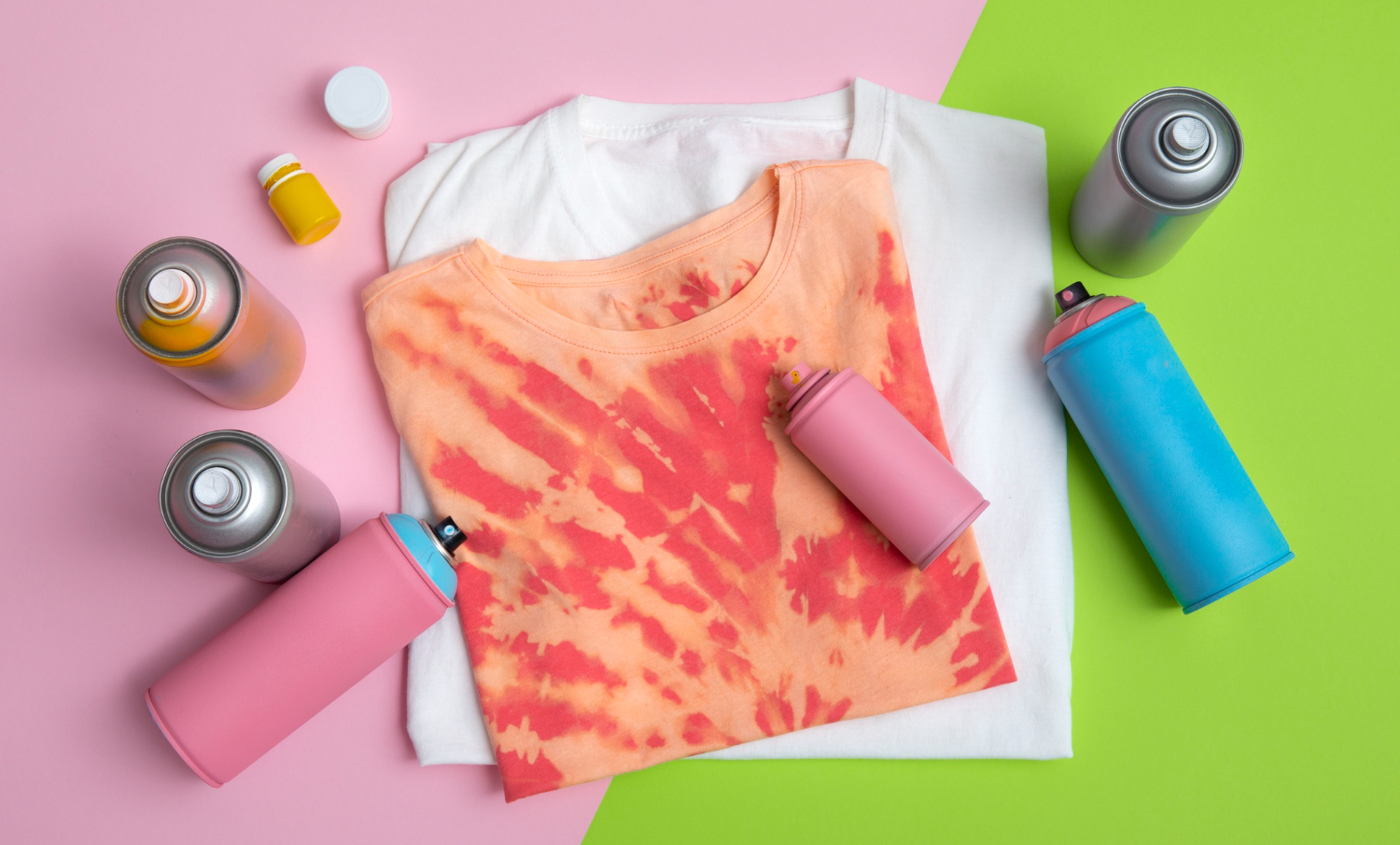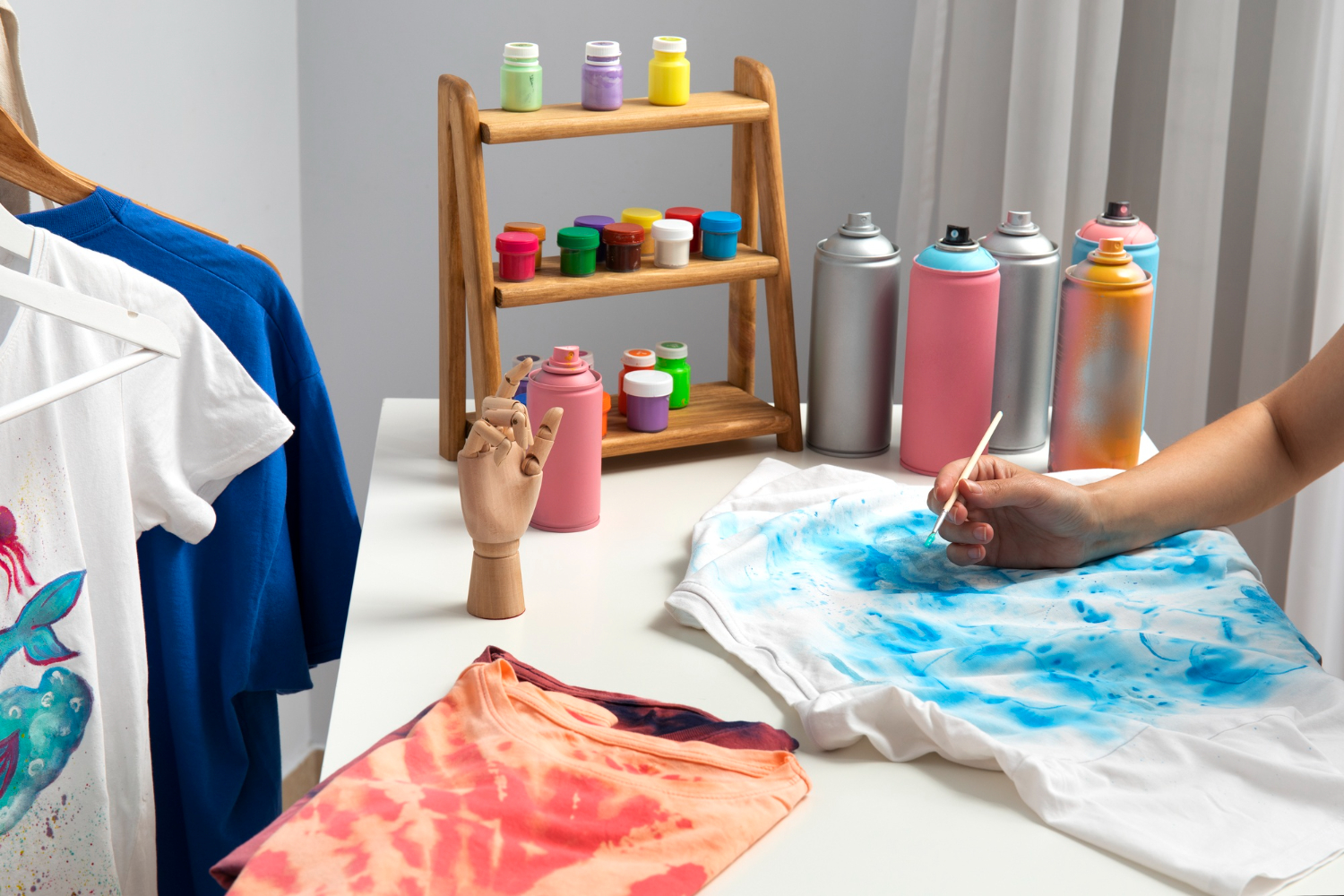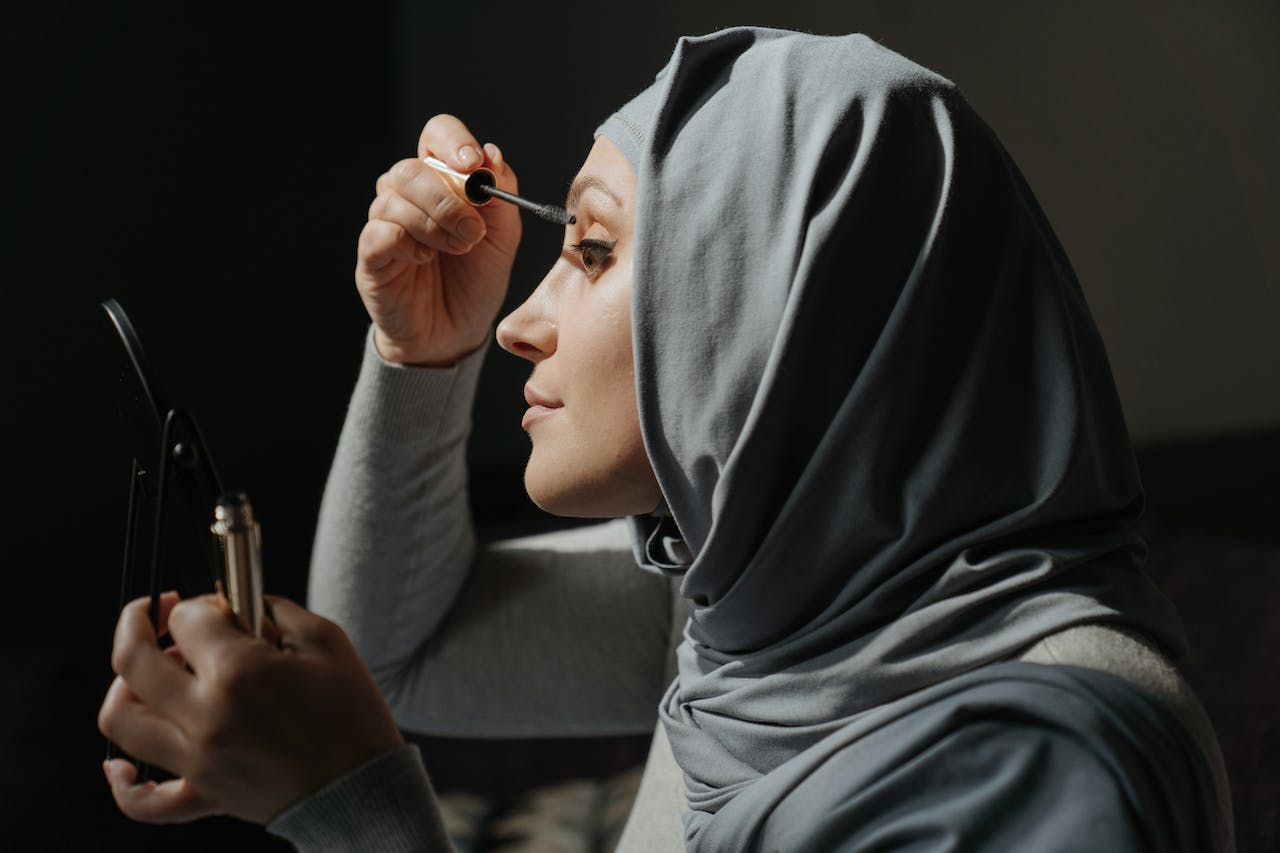Introduction
How to steam clothes? In our fast-paced lives, no one has the time to meticulously iron every piece of clothing. This is where garment steamers come to the rescue. Steaming your clothes is not only quick and efficient but also gentle on the fabric, ensuring your attire looks crisp and polished. In this article, we will explore the art of steaming clothes, guiding you through the process and addressing common questions.
Understanding Garment Steamers
Garment steamers, also known as clothes steamers, are devices designed to remove wrinkles and freshen up clothing. Unlike traditional irons, they use hot steam to relax fabric fibers, making it easier to remove wrinkles.
Advantages of Steaming vs. Ironing
Heading: Why Choose Steaming?
Steaming offers several advantages over ironing:
- Gentle on Fabrics: Steaming is less likely to damage delicate fabrics compared to the direct heat of an iron.
- Time-Efficient: Steaming is faster and more convenient, making it a great choice for busy mornings.
- Versatility: Garment steamers can be used on a wide range of fabrics, from silk to denim.
- Less Hassle: No need for an ironing board; steaming can be done with the garment hanging or even laid flat.
Types of Garment Steamers
There are three main types of garment steamers:
- Handheld Steamers: Compact and portable, suitable for travel and quick touch-ups.
- Upright Steamers: Ideal for large loads of laundry and heavy fabrics.
- Travel Steamers: Designed for travelers, these are lightweight and easy to pack.
Each type serves specific purposes, so choosing the right one depends on your needs.
Choosing the Right Garment Steamer
Finding Your Perfect Steamer
How to steam clothes? Think about things like size, water tank capacity, and the kind of clothing you want to steam most frequently before making a garment steamer purchase. This will assist you in locating the best steamer for your needs.
- Size Matters: If you have limited storage space, a compact handheld steamer might be your best choice.
- Tank Capacity: For heavy use, opt for a steamer with a larger water tank to avoid frequent refills.
- Fabric Focus: Some steamers are designed for specific fabrics; make sure your choice matches your wardrobe.
- Heating Time: Make sure the steamer reaches the desired temperature in a reasonable amount of time.
- Attachments: Some steamers come with accessories like brushes and crease tools, enhancing their versatility.
Preparing Your Garment Steamer – How to steam clothes
To get the best results, it’s essential to properly prepare your garment steamer. This involves filling the water tank, ensuring a clean steam head, and allowing it to heat up.
- Water Quality: Use distilled or demineralized water to prevent mineral buildup in the steamer.
- Steam Head Maintenance: Regularly clean the steam head to prevent clogs and maintain efficient steam flow.
- Heating Time: Allow your steamer to heat up fully before use, ensuring optimal steam production.
Steaming Shirts and Blouses
Steaming shirts and blouses is a breeze with the right technique. Start by hanging the garment and gently gliding the steamer over the fabric, holding it taut for the best results.
- Hang Securely: Use a sturdy hanger to ensure the garment stays in place.
- Steam from Top to Bottom: Start at the top and work your way down, allowing wrinkles to disappear.
- Stretch Fabric: Hold the fabric taut with one hand while steaming with the other for a smoother finish.
Steaming Pants and Trousers
Crease-Free Trousers
Achieving wrinkle-free trousers is simple. Hang them up, steam from top to bottom, and smooth out any creases with your hand as you go.
- Use Proper Hangers: Pants hangers with clips are perfect for keeping trousers in place.
- Long Strokes: Steam in long, continuous strokes to avoid creating more wrinkles.
- Don’t Forget the Cuffs: Pay special attention to the cuffs and creases.
Steaming Dresses and Skirts – How to Steam Clothes
Dresses and skirts require a delicate touch. Learn how to steam them without compromising their shape and appearance.
- Hanging vs. Laying Flat: Determine the best way to hang or lay the garment based on its style and fabric.
- Steam in Sections: Divide the dress or skirt into sections for thorough steaming.
- Use a Garment Steamer Glove: Protect your hand from hot steam while smoothing out wrinkles.
Steaming Suits and Jackets
Polished Suits
Suits and jackets can be trickier to steam due to their multiple layers. Discover the best approach to keep your formal attire in top shape.
- Inside Out: Turn the jacket inside out and steam the lining to release wrinkles.
- Steam Collars and Lapels: Pay extra attention to these areas for a polished look.
- Avoid Oversteaming: Be careful not to over-steam, which can lead to fabric damage.
Dealing with Delicate Fabrics
Silk, lace, and other delicate fabrics need special care. Find out how to steam them safely.
- Lower Heat Setting: Use the lowest heat setting on your steamer for delicate fabrics.
- Steam Through a Cloth: Place a thin cloth between the steamer and the fabric to protect it from direct steam.
- Check for Colorfastness: Test a small, inconspicuous area before steaming the entire garment.
Steam Cleaning Other Items
Did you know that you can use your garment steamer for more than just clothes? Learn how to refresh curtains, upholstery, and more.
- Curtains and Drapes: Steam curtains to remove dust and odors, making them look new.
- Upholstery: Give your furniture a refresh by steaming upholstered surfaces.
- Mattresses: Steam your mattress to kill dust mites and refresh your sleeping space.
Tips for Efficient Steaming
Discover pro tips for achieving the best results in the shortest time, ensuring your clothes always look their best.
- Start with a Clean Steamer: Regularly clean and descale your steamer.
- Steam on a Flat Surface: For large items like curtains, lay them flat for even steaming.
- Regular Maintenance: Clean the water tank and steam head to prevent clogs and ensure a continuous steam flow.
- Use Steam in Short Bursts: To tackle stubborn wrinkles, use short bursts of steam followed by smoothing with your hand.
- Test on an Inconspicuous Area: When using your steamer on a new or delicate fabric, test it in a hidden spot to ensure it doesn’t cause any damage.
Common Mistakes to Avoid
Pitfalls to Watch Out For
Steaming may seem straightforward, but there are common mistakes you should avoid to prevent damage to your garments.
- Overfilling the Water Tank: Don’t exceed the recommended water level to prevent leaks and damage to your steamer.
- Not Using Distilled Water: Tap water can leave mineral deposits that affect the steamer’s performance.
- Not Emptying the Tank: After use, empty the tank to prevent mold and unpleasant odors.
- Ignoring Fabric Care Labels: Always check fabric care labels for specific steaming instructions.
- Not Cleaning the Steam Head: A clogged steam head can lead to uneven steam distribution and potential fabric damage.
Storing Your Garment Steamer
How to steam clothes? To prolong the life of your garment steamer, it’s essential to store it correctly. We’ll provide tips for keeping your device in optimal condition.
- Empty the Water Tank: Before storing your steamer, ensure there’s no water left in the tank.
- Coil the Cord Neatly: Avoid kinks and tangles in the power cord by coiling it neatly.
- Store Upright: For upright steamers, store them in an upright position to prevent leaks.
- Regularly Clean and Descale: Clean the steam head and descale your steamer as per the manufacturer’s instructions.
Conclusion
In a world where time is of the essence, garment steamers offer a practical solution for keeping your clothes wrinkle-free. Make this modern appliance a part of your daily routine, and you’ll never have to worry about wrinkled attire again. The benefits of steaming, from its gentleness on fabrics to its efficiency, make it an essential addition to any household or travel kit.
Frequently Asked Questions
Q: Is steaming clothes better than ironing?
A: Both methods have their merits. Steaming is faster and gentler on fabrics while ironing provides a crisper finish.
Q: Can I use tap water in my garment steamer?
A: It’s recommended to use distilled water to prevent mineral buildup in the steamer.
Q: How often should I clean my garment steamer?
A: Regular cleaning is crucial to maintain the steamer’s performance. Clean it after every few uses.
Q: Can I steam all types of fabric?
A: While most fabrics can be steamed, delicate or heat-sensitive fabrics require extra care.
Q: Do I need to empty the water tank after each use?
A: It’s a good practice to empty the tank to prevent mold and mineral deposits from forming.
Dive Deeper: How to Wash Clothes in a Bathtub



